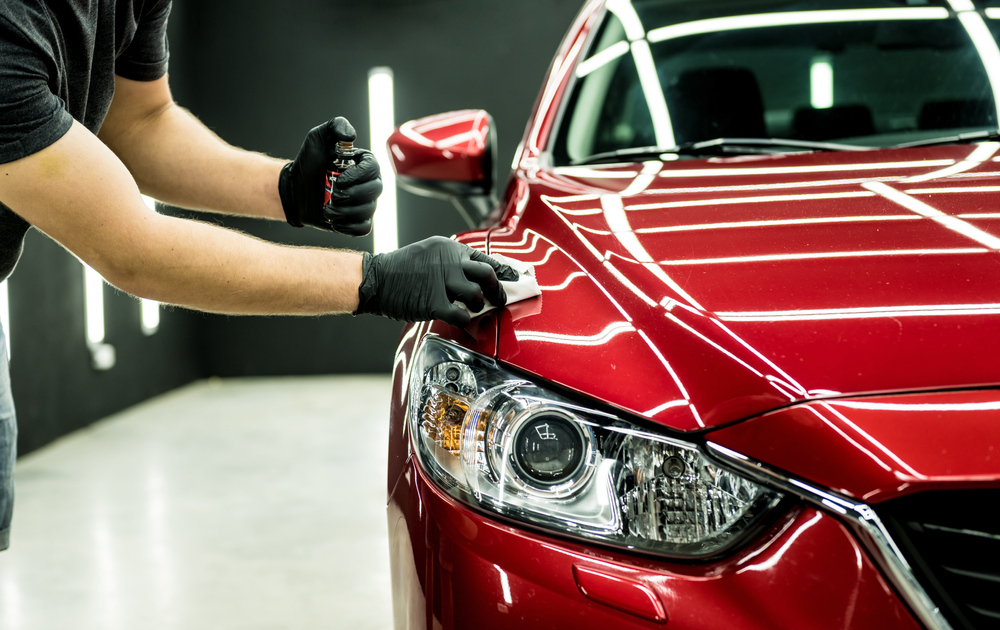In the fast-paced world of auto detailing, staying ahead of the competition requires more than just skillful craftsmanship; it demands strategic and efficient marketing. As a Paint Protection specialist, your auto detail shop can significantly benefit from the wonders of automation, helping you save time, convert more deals, and nurture leads effectively. In this blog post, we’ll explore how embracing automation can propel your business to new heights, revolutionizing the way you attract and retain customers.
1. Streamlining Lead Generation
Auto detail shops often find themselves drowning in a sea of leads, not all of which are ready to make a purchase. Sorting through these leads manually is not only time-consuming but can also lead to missed opportunities. Automation simplifies this process by categorizing leads based on their level of interest and engagement. By implementing smart automation tools, you can focus your efforts on leads that are more likely to convert, ensuring a higher return on investment.
2. Efficient Lead Nurturing
Lead nurturing is a crucial aspect of the sales process, particularly in the auto detailing industry where customers may take time to decide on paint protection services. Automation allows you to create personalized and targeted email campaigns that keep your brand at the forefront of potential customers’ minds. By sending relevant content, promotions, and updates automatically, you establish a connection with leads, nurturing them until they are ready to commit.
3. Time-Saving Conversion
Converting leads into paying customers is a delicate process that requires timely and consistent communication. Automation tools enable you to set up automated responses, follow-ups, and reminders, ensuring that no potential customer slips through the cracks. By automating routine tasks, your team can invest their time in more impactful activities, such as providing exceptional customer service or refining your paint protection services.
4. Harnessing the Power of Social Media Ads
In the digital age, a robust social media presence is non-negotiable. However, merely having a presence is not enough; targeted advertising is key. Automation tools can help you create and schedule social media ads that specifically target individuals interested in auto detailing and paint protection. This not only maximizes your ad spend but also ensures that your marketing efforts are reaching the right audience at the right time.
5. Personalizing the Customer Journey
Every customer is unique, and their journey from lead to loyal customer should reflect that. Automation tools allow you to personalize marketing campaigns based on customer preferences, behaviors, and interactions with your brand. Tailoring your communication to individual needs enhances the customer experience, fostering trust and loyalty.
6. Data-Driven Decision Making
Automation isn’t just about saving time; it’s also about gaining valuable insights into your marketing efforts. By analyzing data generated by automation tools, you can identify trends, understand customer behavior, and refine your strategies accordingly. This data-driven approach ensures that every marketing decision is informed and optimized for success.
7. Increasing Revenue with Targeted Ads
The right type of ads can significantly impact your revenue. Automation allows you to create and deploy targeted ads based on customer demographics, location, and online behavior. By refining your ad targeting, you ensure that your budget is spent on the most promising leads, leading to a higher conversion rate and increased revenue.
Conclusion
In the competitive landscape of auto detailing, staying ahead requires a strategic and efficient approach to marketing. Automation is not just a time-saving tool; it’s a game-changer that can transform the way your auto detail shop attracts, engages, and retains customers. By streamlining lead generation, nurturing leads effectively, and harnessing the power of targeted ads, automation can elevate your paint protection services to new heights. Embrace the future of marketing with automation, and watch as your auto detail shop becomes a beacon for those seeking top-notch paint protection services.



